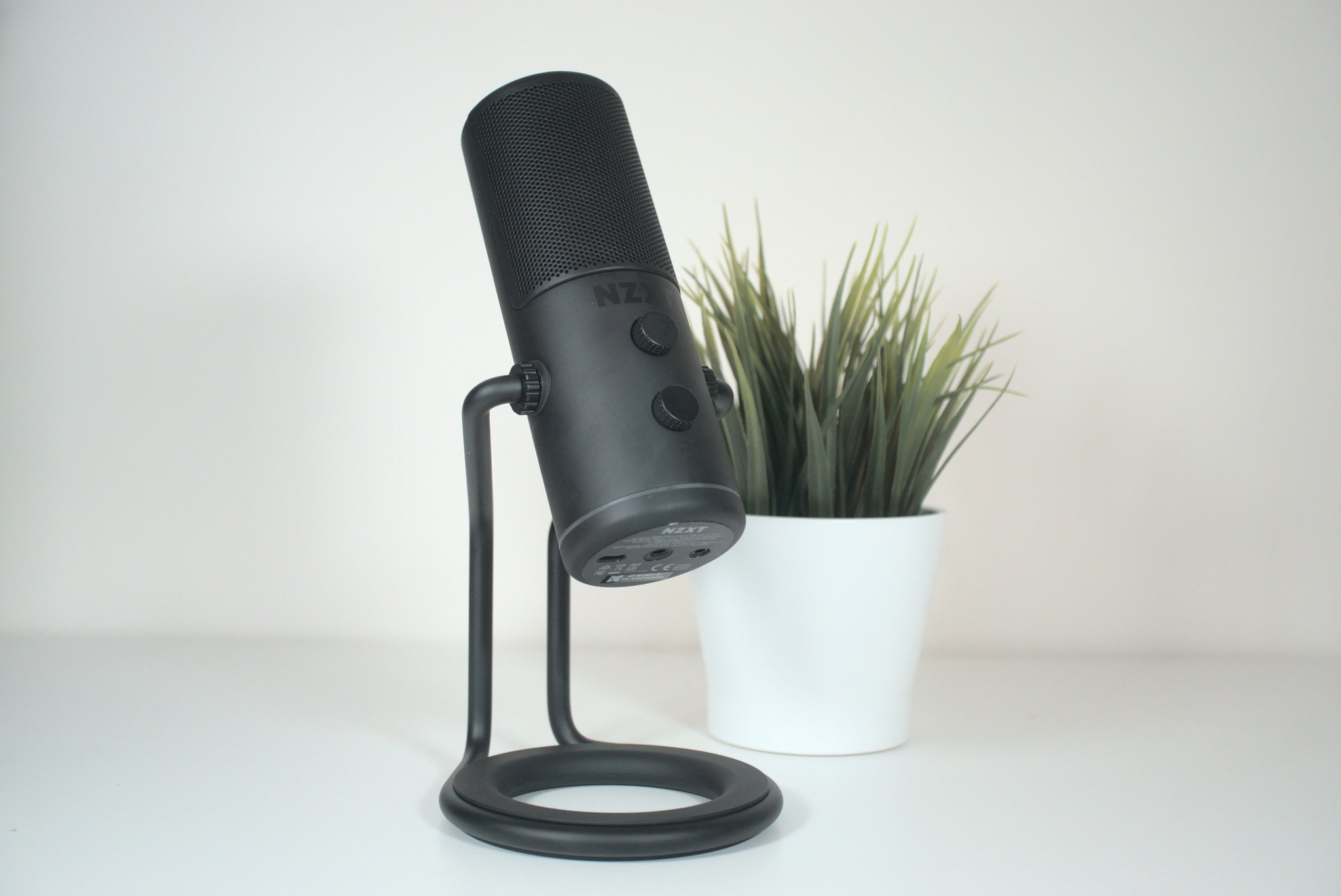Picking the best microphone for PC gaming and streaming can be a troublesome experience simply down to how much choice there is out there. There are different types of microphones that support a variety of connections and recording types. The most common for PC use are USB microphones.
NZXT has been making cases and other PC components for many years now and the company is slowly moving into the audio space. The NZXT Capsule is its initial attempt, targeting gamers and content creators seeking a simple, yet powerful tool for recording their voice. In a competitive market, NZXT has managed to carve out a slice for brand fans and newcomers.
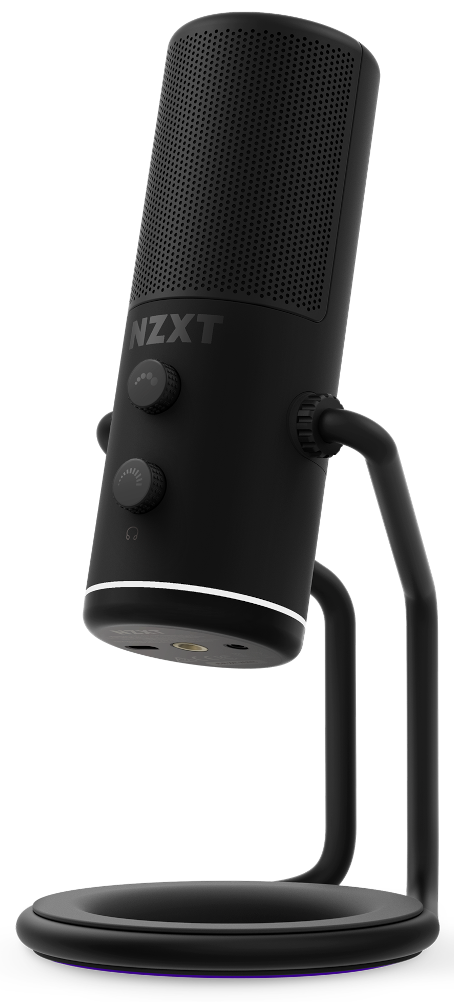
Bottom line: Priced aggressively, this microphone has only one polar pattern for recording solid audio in games and to get started with streaming.
For
- Sleek design
- Premium build quality
- USB-C connection
- Driverless
- Integrated filters
- Good, strong audio recording
Against
- Only one polar pattern
- No LEDs for volume control
- Optional boom arm is pricey
NZXT Capsule: Price and availability
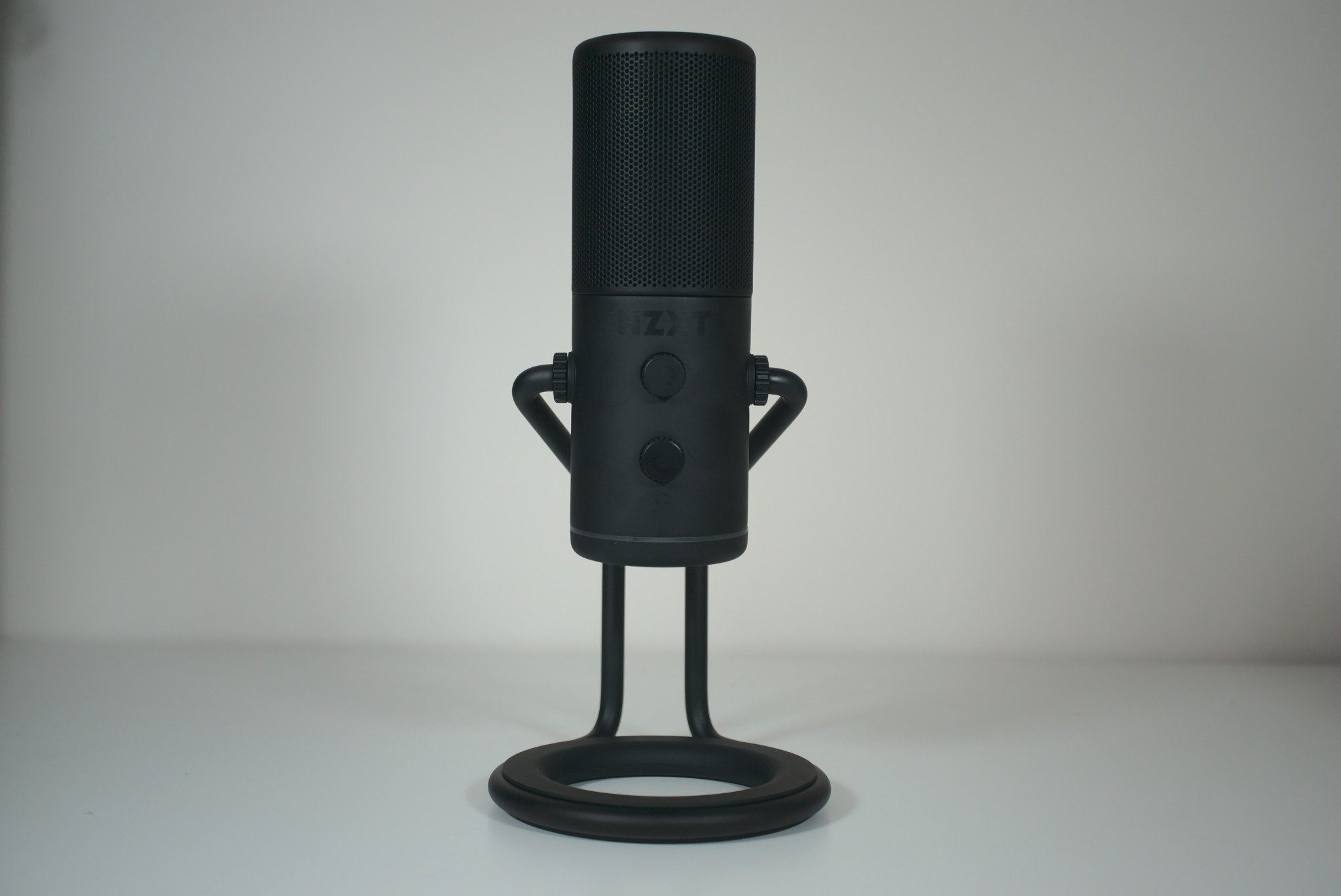
The NZXT Capsule is now available in the U.S. and beyond for $130. This covers the microphone itself with the stand preinstalled. In terms of accessories, you only get a USB-C cable.
NZXT is also selling an optional boom arm mount that can be used with the microphone. It's possible to use this mic with your favorite mount with support for the same standard, but NZXT's own arm comes with a few handy features. Just be sure to bear the price in mind, coming in at a whopping $100.
NZXT Capsule: What's good
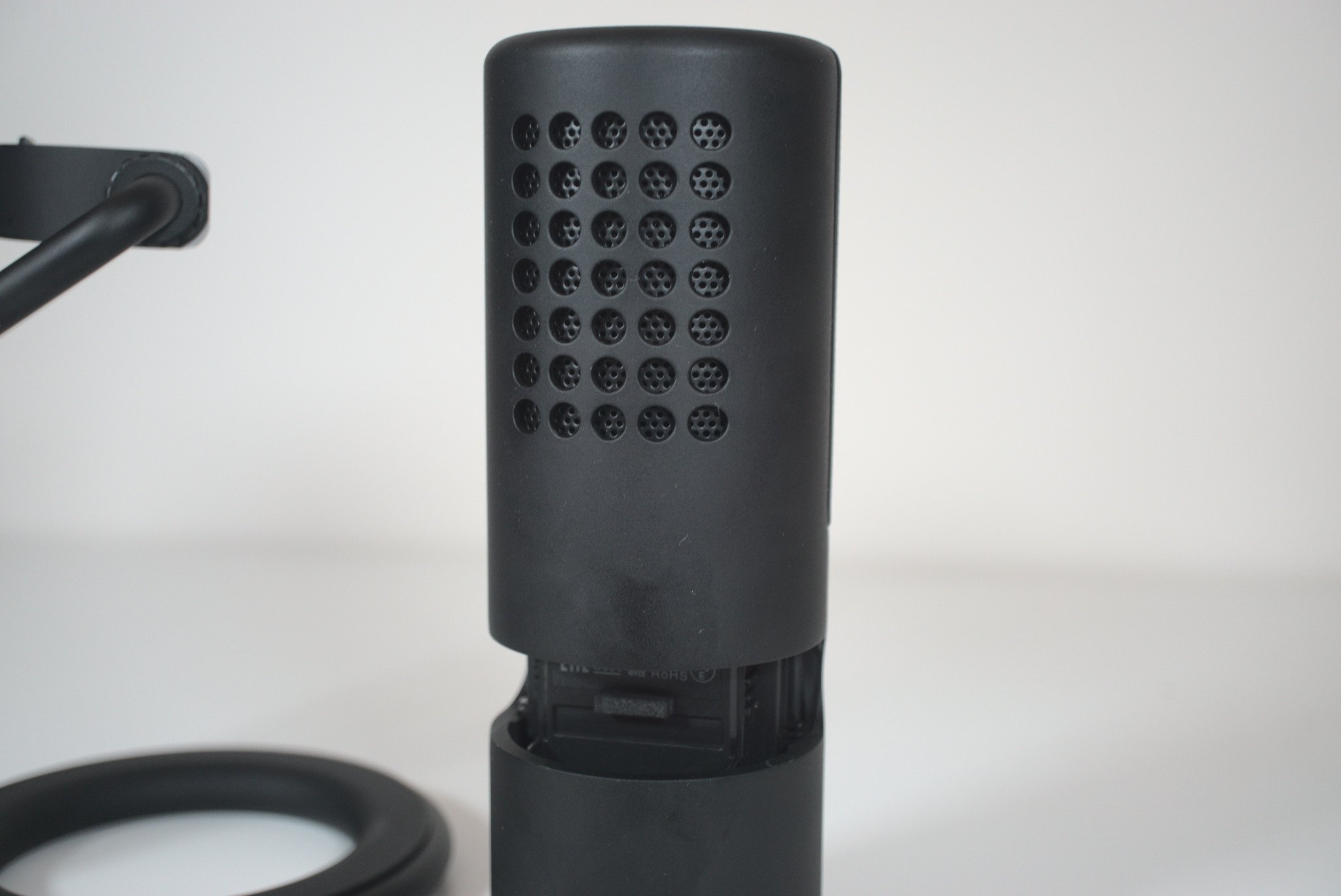
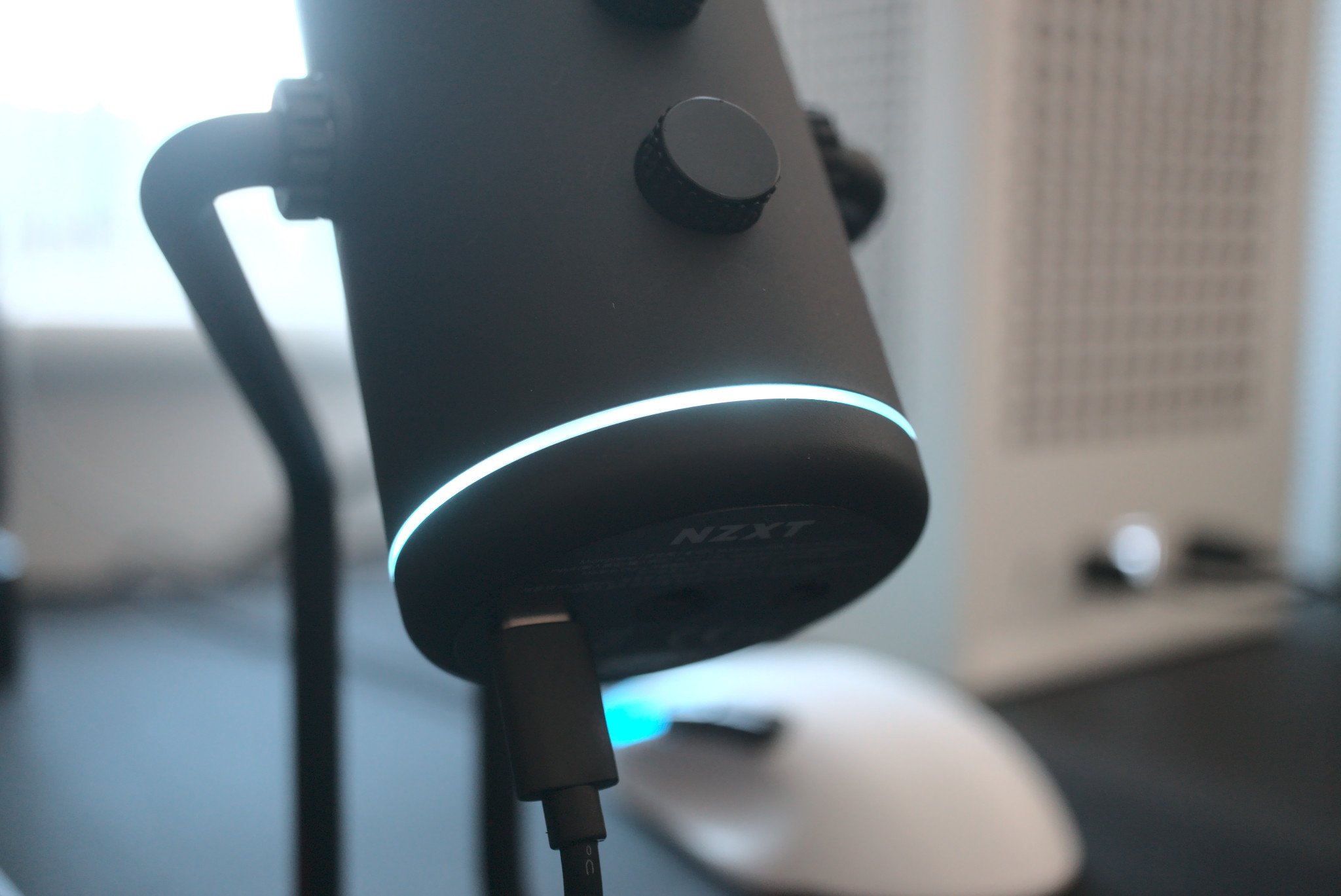
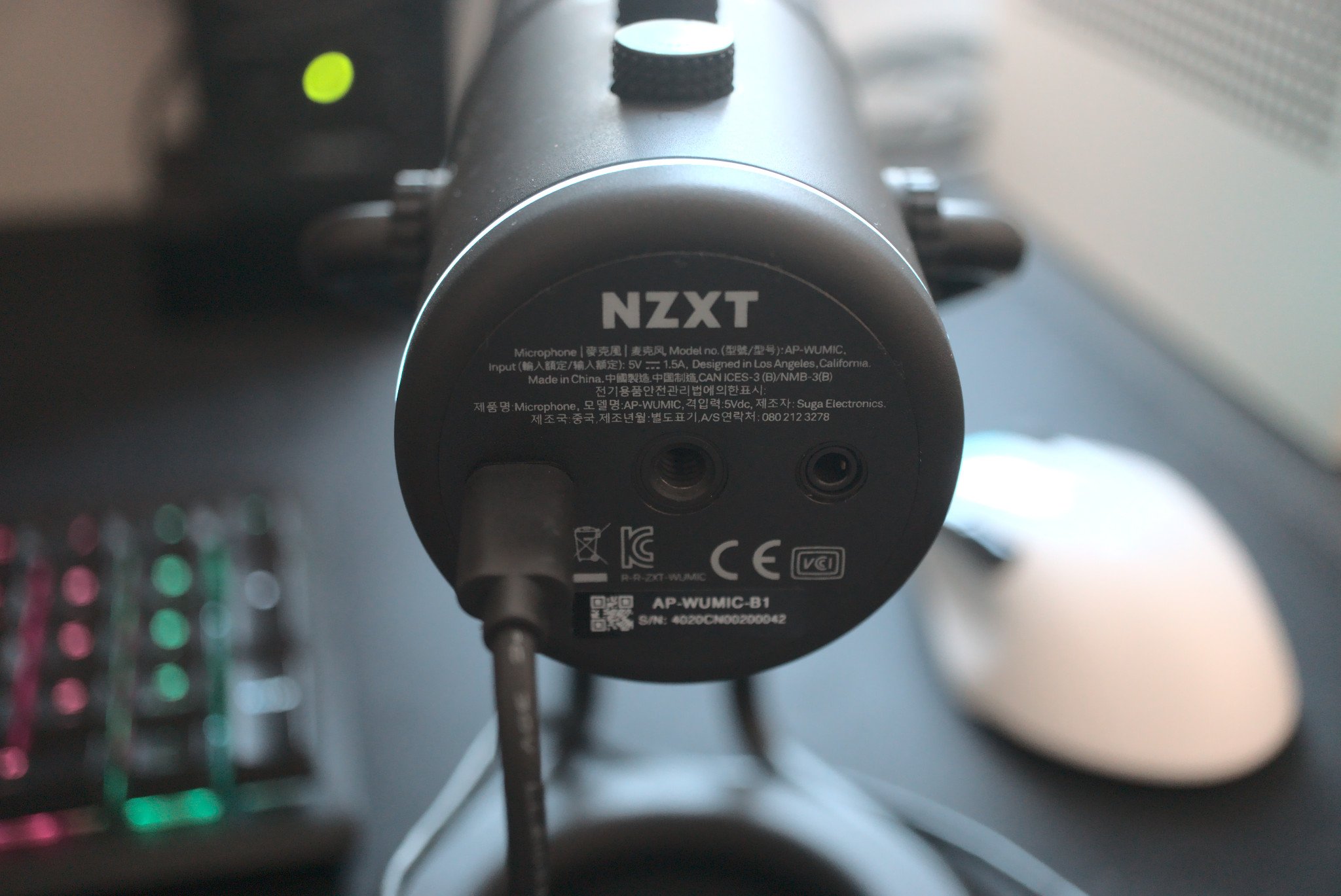
The NZXT Capsule is an impressive piece of kit. For starters, we've got a 96kHz at 24-bit sound resolution with a 20Hz to 20kHz standard frequency response. What this means is the NZXT Capsule has a little more headroom in terms of dynamic range, capping out at 120dB. Most microphones we've reviewed at this price point are 16-bit.
In terms of design, the Capsule fits in with other NZXT products. It's an aluminum body with a matte black or white finish. The black review sample we have today is particularly sleek-looking. On the front are two volume knobs for input and output, respectively. Above these is the grille, which faces frontwards since this microphone only supports the cardioid polar pattern.
| Category | Spec |
|---|---|
| Acoustic principle | Condenser |
| Diaphragm | 25mm |
| Polar pattern | Cardioid |
| Frequency response | 20Hz–20kHz |
| Impedance | 16 ohms |
| Connection | USB-C |
| Weight | 883g |
The cardioid polar pattern is great for recording voice, which is precisely what NZXT designed the Capsule for. While it's good to have other patterns available for a more diverse tool, if you're solely going to be using the microphone for gaming and/or streaming, cardioid is perfect. The stand is preattached to the microphone and a button on the rear acts as a quick release.
Windows Central Audio Samples · NZXT Capsule - Windows Central
For audio recording, the NZXT Capsule is great. It won't be the best microphone you've used when compared to more expensive studio-grade solutions, but gaming and getting started in the streaming world is where this audio device will shine. For the price, it's a winner, especially if you already own NZXT products and want a more integrated setup.
NZXT Capsule: What's not good
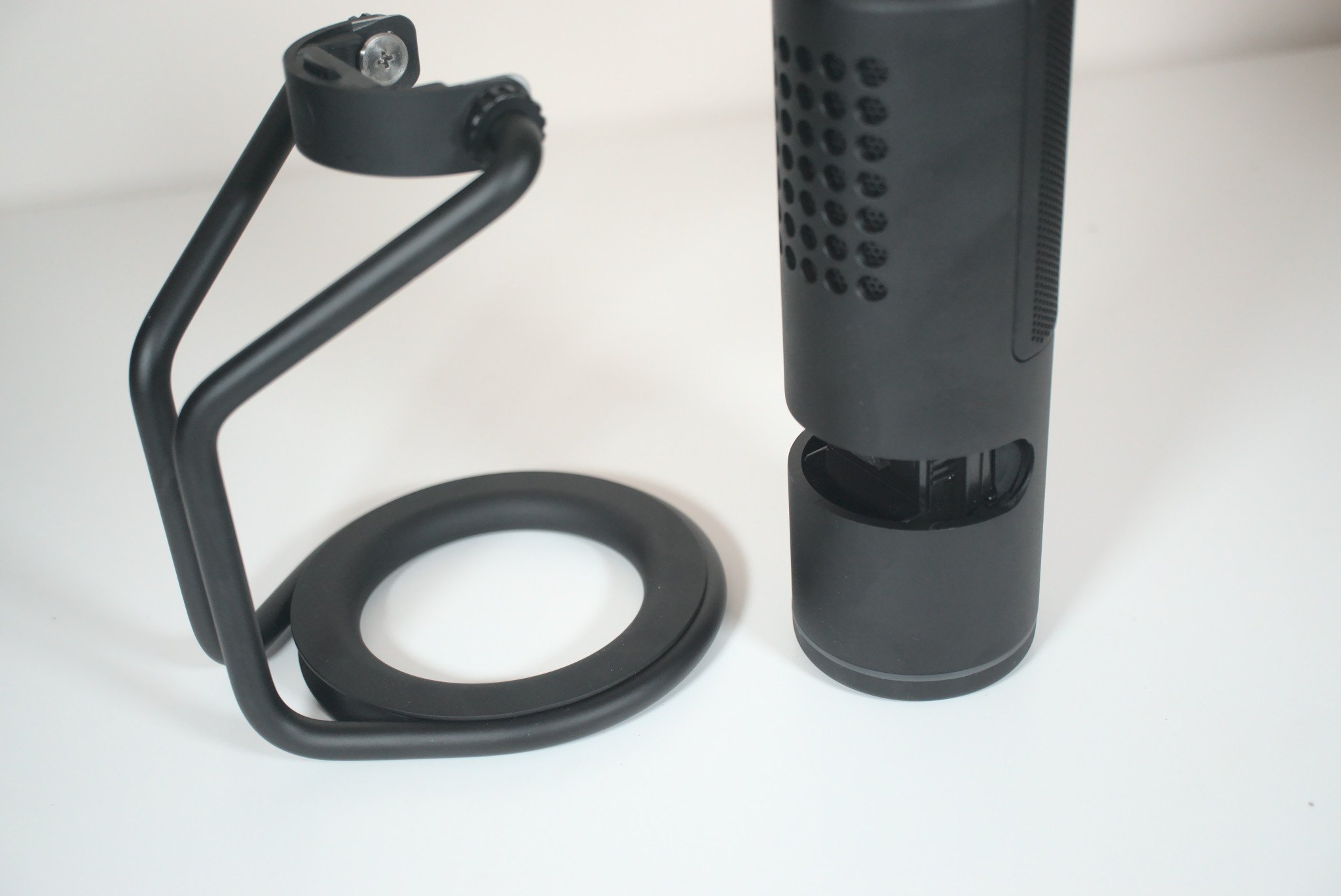
There's not really much to dislike about the NZXT Capsule. My largest gripe is the lack of any LED indication when adjusting the volume knobs upfront on the microphone. One controls the recording volume and the other manages the level of output to connected headphones. The label for these is also difficult to see against the matte black finish.
It's a little difficult to manipulate the levels without any LED indication and as such you need to rely on what's displayed on the screen. If you somehow manage to crank everything way up, it'll take a few moments to get everything just right again. The knobs also continuously turn and there are no physical limits for making it easier to manage.
NZXT has stated the labels of these knobs will be made more prominent with release units.
NZXT Capsule: Competition
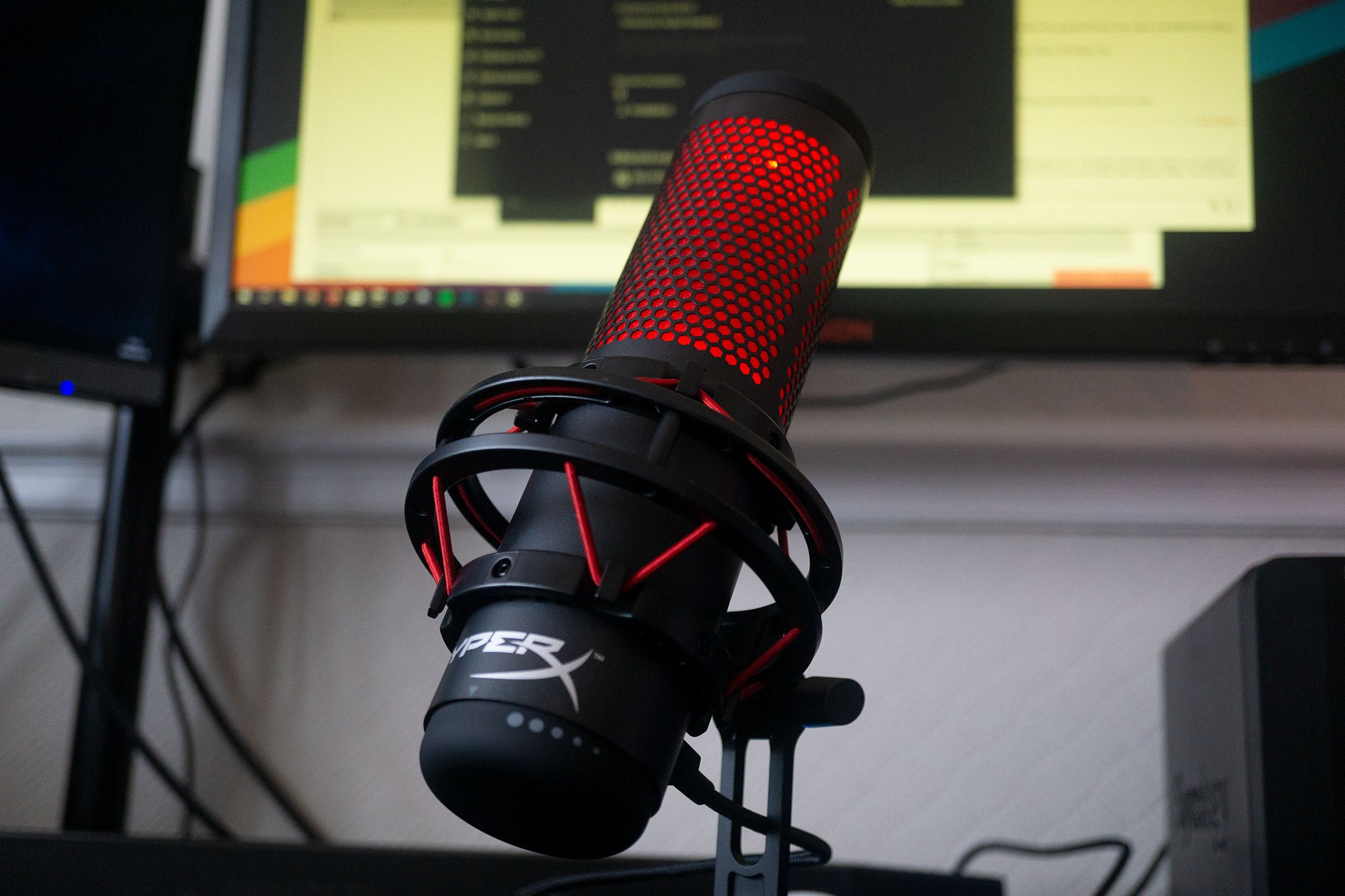
There's plenty of competition in the microphone market, especially when taking gamers and streamers into consideration. There are some great microphones in this price segment too, including the HyperX QuadCast and Movo UM700. NZXT's Capsule is a strong contender.
A good number of microphones designed for gamers in this price range come with stands designed for use on the desk. This can be useful for most cases, but some could find it annoying to have the microphone located in front of the keyboard, depending on placement — NZXT will gladly sell you a boom arm for $100.
NZXT Capsule: Should you buy it?
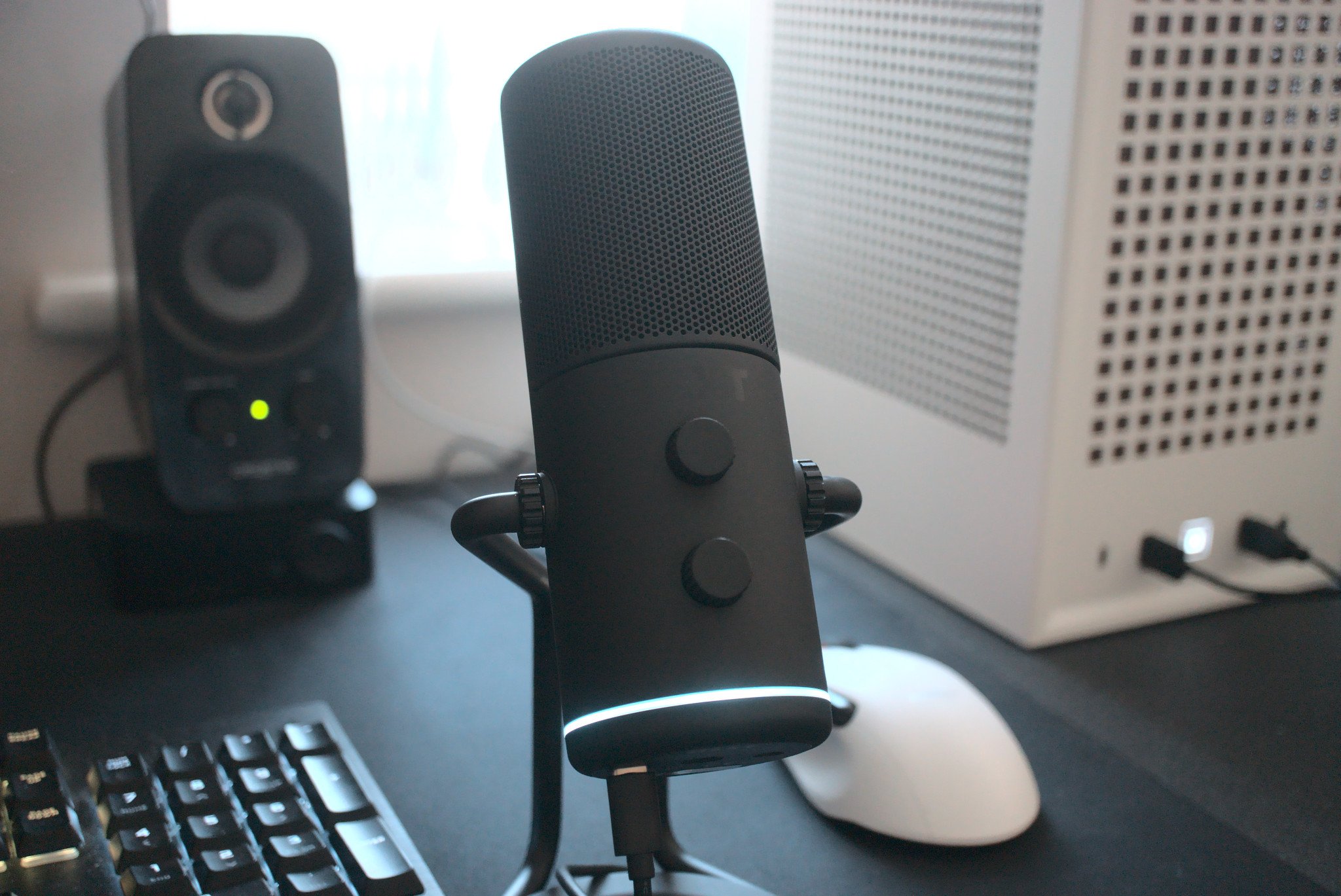
For what the NZXT Capsule is designed for, it's excellent. Should you be on the lookout for a good quality condenser USB microphone, you could do much worse. The design matches the company's catalog of other products, which allows you to stick to a single aesthetic and the microphone has no issue recording audio for in-game and/or some streaming.
You should buy this if ...
- You want a good quality condenser USB mic
- You're in the market to up your streaming game
- You already have a boom arm or want to use the included stand
You shouldn't buy this if ...
- You have an external mixer for XLR connections
- You need something portable
The NZXT Capsule won't win awards for outstanding studio-grade audio quality, nor will it be able to go up against far more expensive microphones, but it's not designed to do either. It's a no-thrills microphone that's solely focused on delivering great audio quality for the price.
So long as you don't require a boom arm, which NZXT sells for $100, you shouldn't have any issues with the Capsule on the desk. Thankfully, everything is standard on the mic, allowing you to use far more affordable boom arms, and the optional headphone passthrough is a nice touch. A great first microphone from NZXT.

Rich Edmonds was formerly a Senior Editor of PC hardware at Windows Central, covering everything related to PC components and NAS. He's been involved in technology for more than a decade and knows a thing or two about the magic inside a PC chassis. You can follow him on Twitter at @RichEdmonds.
